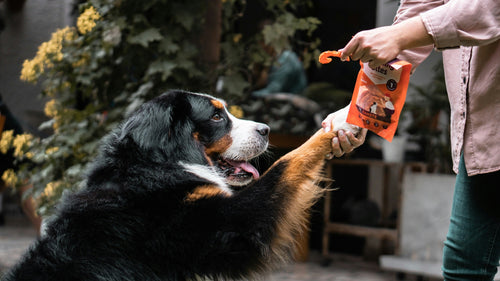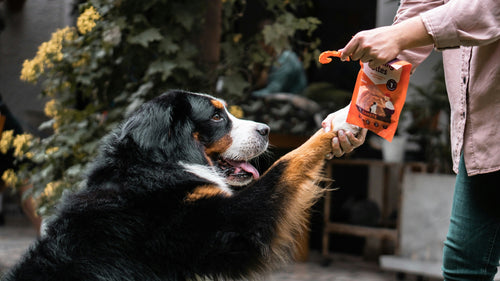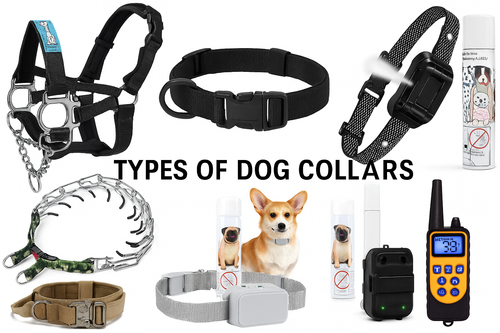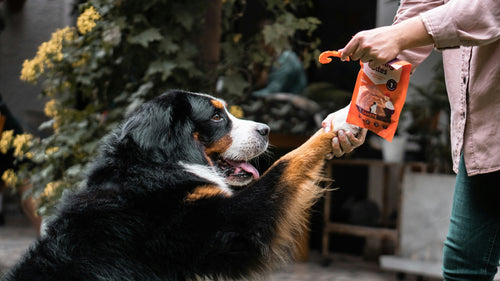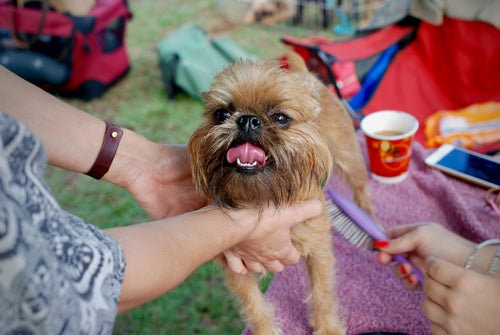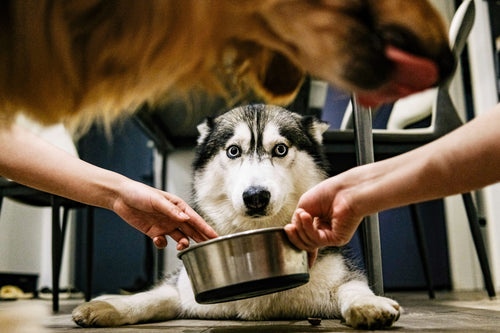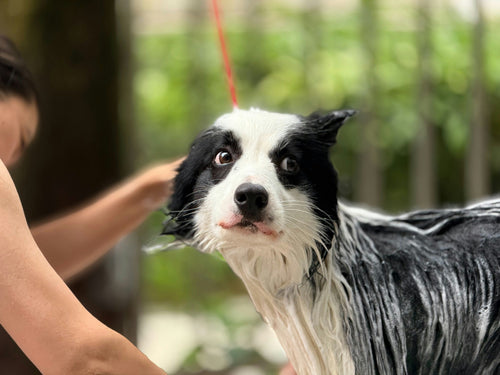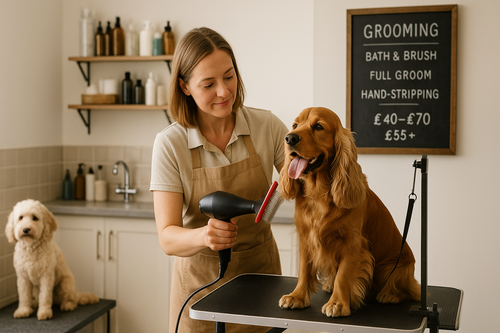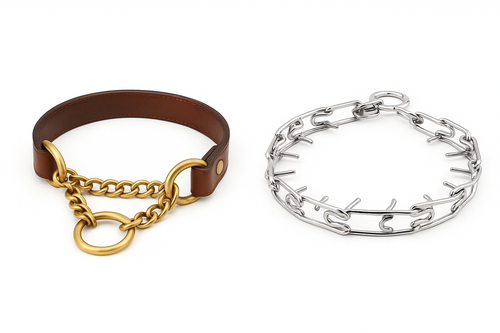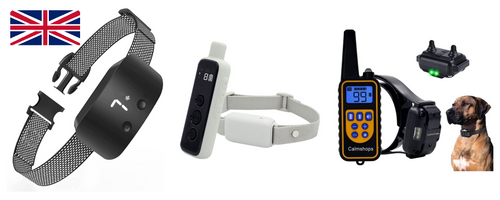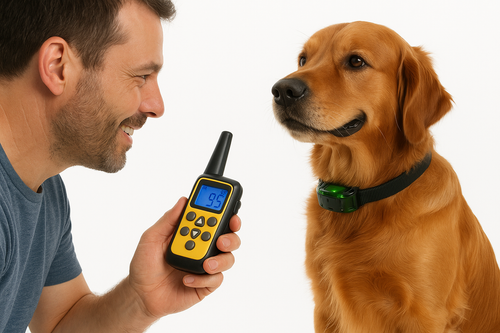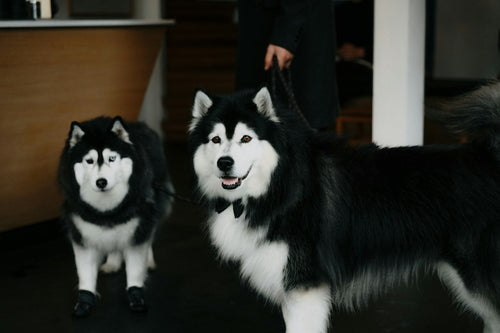Training your dog can be a challenging but rewarding experience. Remote dog training collars are excellent tools that can help enhance communication and improve your dog's behavior. In this blog post, we'll explore what remote dog training collars are, their benefits, and share our top five tips for using them effectively.
Understanding Remote Dog Training Collars
Remote dog training collars, also known as e-collars or shock collars, are devices designed to assist in dog training by providing a way to send signals to your dog from a distance. These signals can be in the form of vibrations, beeps, or mild static shocks, helping to reinforce commands and correct unwanted behaviors.
There are several types of remote training collars available, including:
- **Vibration Collars**: Use vibrations to get your dog's attention without any static shock.
- **Citronella Spray Collars**: Emit a spray of citronella as a deterrent for barking or other unwanted behaviors.
- **Static Shock Collars**: Deliver a mild static shock to correct behavior. These should always be used with caution and as a last resort.
Remote training collars are particularly useful for off-leash training, allowing you to communicate with your dog even when they are at a distance. They are also effective tools for correcting behaviors like excessive barking, jumping, or chasing.
The Benefits of Using Remote Dog Training Collars
Improved Communication
Remote training collars help improve communication between you and your dog. By sending consistent signals, you can reinforce commands more effectively. This can be especially useful in situations where verbal commands might not be heard, such as in noisy environments or over long distances.
Enhanced Efficiency
Using a remote training collar can speed up the training process. The immediate feedback helps your dog associate the command with the action, making learning more efficient. This can be particularly beneficial for busy pet owners who want to see quick results.
Safety and Control
Remote training collars provide an added layer of safety and control. Whether you're training your dog to stay within a certain area or to avoid dangerous situations, the ability to communicate instantly can prevent accidents. This is especially valuable during off-leash training sessions in open or public spaces.
Versatility
These collars are versatile tools that can be used for various training purposes. From basic obedience training to addressing specific behavioral issues, remote collars offer a range of applications that make them a valuable addition to your training toolkit.
Top 5 Tips for Effective Use
1. Start with Basic Training
Before introducing the remote training collar, ensure your dog understands basic commands such as sit, stay, come, and heel. Basic training lays the foundation for more advanced techniques and helps your dog understand what is expected of them. Consistent, positive reinforcement of these commands will make the transition to using the collar smoother.
2. Gradual Introduction
Introduce the collar gradually to avoid causing stress or fear in your dog. Start by allowing your dog to wear the collar without activating it. Let them get used to the feeling and weight of the collar. After a few days, start using the collar's beeping or vibrating functions before progressing to any static corrections, if necessary. The goal is to associate the collar with positive experiences and rewards.
3. Positive Reinforcement
Combine the use of the collar with positive reinforcement techniques such as treats, praise, and affection. When your dog responds correctly to a command, reward them immediately. This positive association will encourage them to repeat the desired behavior. The collar should never be used as a punishment tool but rather as a way to guide and reinforce positive actions.
4. Consistent Commands
Consistency is key in dog training. Use the same commands and signals every time you train your dog. This helps them understand and remember what each command means. Inconsistent commands can confuse your dog and slow down the training process. Establish a clear set of commands and ensure everyone involved in the training uses them consistently.
5. Monitor Your Dog's Reaction
Always observe your dog’s reaction to the collar. Some dogs may be more sensitive than others and may react differently to the signals. Start with the lowest setting and gradually increase if necessary. Watch for signs of discomfort or stress, and adjust your approach accordingly. The goal is to create a positive and effective training experience without causing harm or fear.
Common Mistakes to Avoid
-Overusing the Collar: Using the collar too frequently or for every minor issue can overwhelm your dog and reduce the effectiveness of the training. Reserve its use for more significant training challenges or situations where other methods have failed.
- Using the Collar as a Punishment Tool: The collar should never be used to punish your dog. This can create fear and anxiety, leading to more behavioral problems. Instead, use it as a communication tool to guide and reinforce positive behavior.
- Inconsistent Training Sessions: Inconsistency can confuse your dog and slow down the training process. Ensure that training sessions are regular and consistent, with clear commands and rewards. Consistency helps your dog understand what is expected and reinforces learning.
Testimonials and Success Stories
At Calmshops, we have received numerous testimonials from satisfied customers who have successfully used our remote dog training collars. Here are a couple of their stories:
Sarah's Story
"Using the remote training collar from Calmshops has transformed our training sessions! Our dog, Max, used to be very stubborn and wouldn't come when called. After a few weeks of consistent training with the collar, he's now responding perfectly to our commands. We can finally enjoy off-leash walks without worrying about him running off. The collar has been a game-changer for us."
David's Experience
"I was skeptical about using a remote training collar at first, but I'm so glad I gave it a try. Our dog, Bella, had a bad habit of barking excessively, especially when we had guests over. With the help of the collar, we've been able to control her barking and teach her to stay calm. The best part is that we didn't have to use the static correction; the beeping was enough to get her attention. Highly recommend it!"
Remote dog training collars are invaluable tools for effective dog training. They offer improved communication, enhanced efficiency, and added safety and control, making them a great choice for any dog owner. By following these tips and avoiding common mistakes, you can make the most of your training sessions and achieve positive results.
At Calmshops, we offer a range of high-quality remote dog training collars designed to meet your training needs. Explore our selection today and see the difference for yourself!
We’d love to hear from you! Share your own tips, success stories, or ask any questions in the comments section below. If you’re ready to take your dog training to the next level, check out our [remote dog training collars] and other related products.

